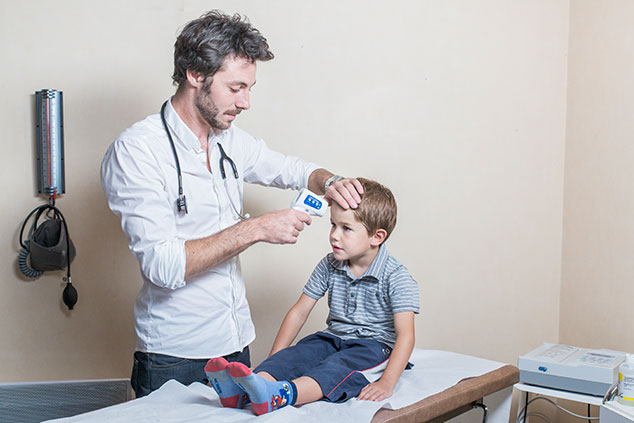
Major has very strong views on the direction that healthcare in the developed world is going. “The entire healthcare sector is in a very interesting position”, he says. “Recent developments mean that we can now identify high-risk patients and manage serious conditions better than ever”, but there is widespread agreement “that the traditional model of delivery is broken” and that the sector needs to be reinvented to help contain costs.
How AI can help doctors do more
One fast-growing area is the use of artificial intelligence to analyse electronic records, which allows providers to directly compare groups of patients with similar conditions. The ultimate goal of this is to develop a system of electronic triage.
At the moment, most people who are sick initially go to their GP. This “usually results in one of three outcomes, says Major: you are diagnosed and treated; diagnosed but sent home (for cases where the only effective treatment is rest); or referred to a specialist. The hope is that in the future “your first point of call will be a computer system that can send you to the appropriate person, cutting down the number of cases that a GP has to directly deal with”.
Another way that technology can help cut costs is by improving preventive medicine. By removing the need for a doctor’s appointment every time you need a repeat prescription “things can be made a lot more convenient for patients”. What’s more, by ensuring “that patients actually take the medicine that they are prescribed” medical technology can also reduce the number of hospitalisations. While this might not seem like a big achievement, studies have shown that even relatively small steps, like helping people in America with type two diabetes to manage their conditions better could save the US economy $30bn.
Technology isn’t just AI and robot surgeons
Of course, medical technology isn’t all about life saving conditions. Something as simple as our desire for straighter teeth can be incredibly lucrative. Major is particularly bullish about Align Systems (Nasdaq: ALGN), which is currently BBH’s fourth largest holding, accounting for 6.9% of the portfolio. Align’s flagship product is Invisalign – invisible, removable aligners that are generally regarded as less conspicuous and inconvenient than traditional braces. Another bonus is that the system needs less specialist involvement, cutting down the number of staff that are involved in the process. Despite its benefits the process has currently had a low penetration rate, leaving a large amount of room for future growth.
While the increased use of medical technology to contain costs is one major trend, another, more immediate concern, is the direction of healthcare reform in the US, the world’s largest healthcare market.
It’s been over six years since the series of health care reforms known as ‘Obamacare’. Everyone agrees that the status quo “is unsustainable”, with “an urgent need to reduce costs and find a way to deal with the remaining number of uninsured”, but there is “no consensus on what will replace it, especially since the Trump administration failed in their attempt to repeal it last year”.
Major believes that “nothing will happen in the next few years” because “it’s going to be hard for either side to pass legislation”. However, Democrats are moving away from the idea of a single-payer system towards a scheme known as “Medicare for all”. This would mean that the government would administer healthcare, but it would be provided by the private sector, “which is similar to what happens in Australia”. Indeed, if even Congress and the White House are unable to reach an agreement, the ageing population means that an increasing number of Americans will become automatically enrolled in Medicare (which is available to everyone over the age of 65).